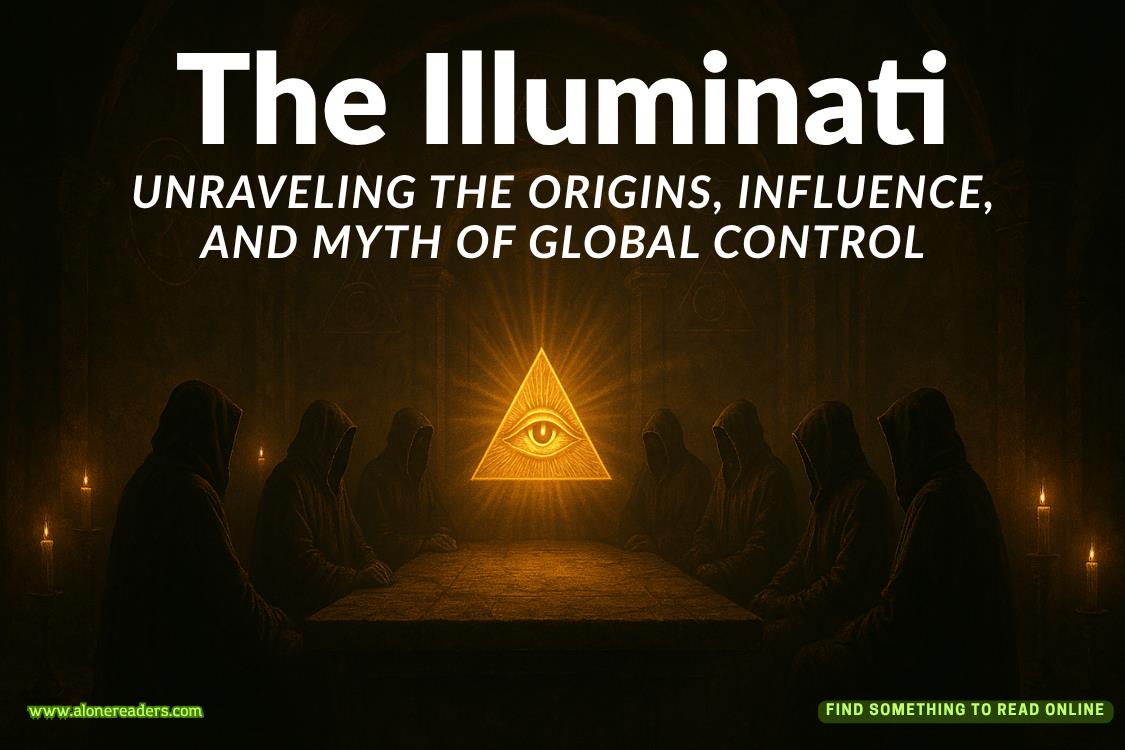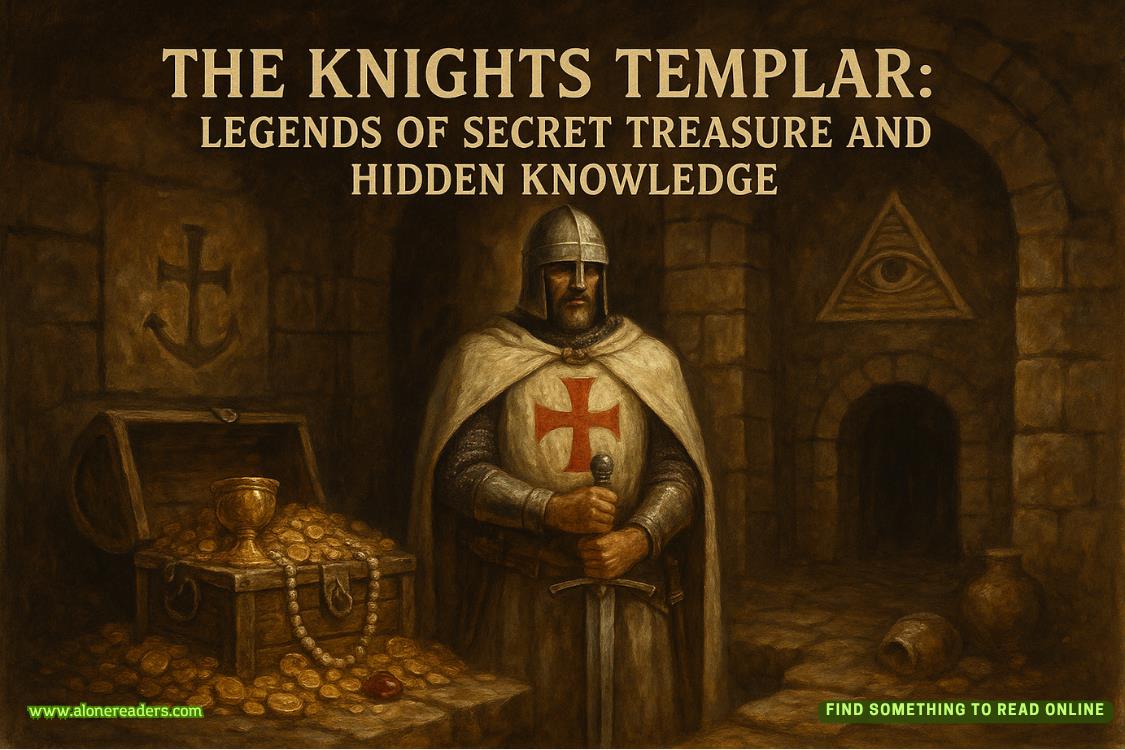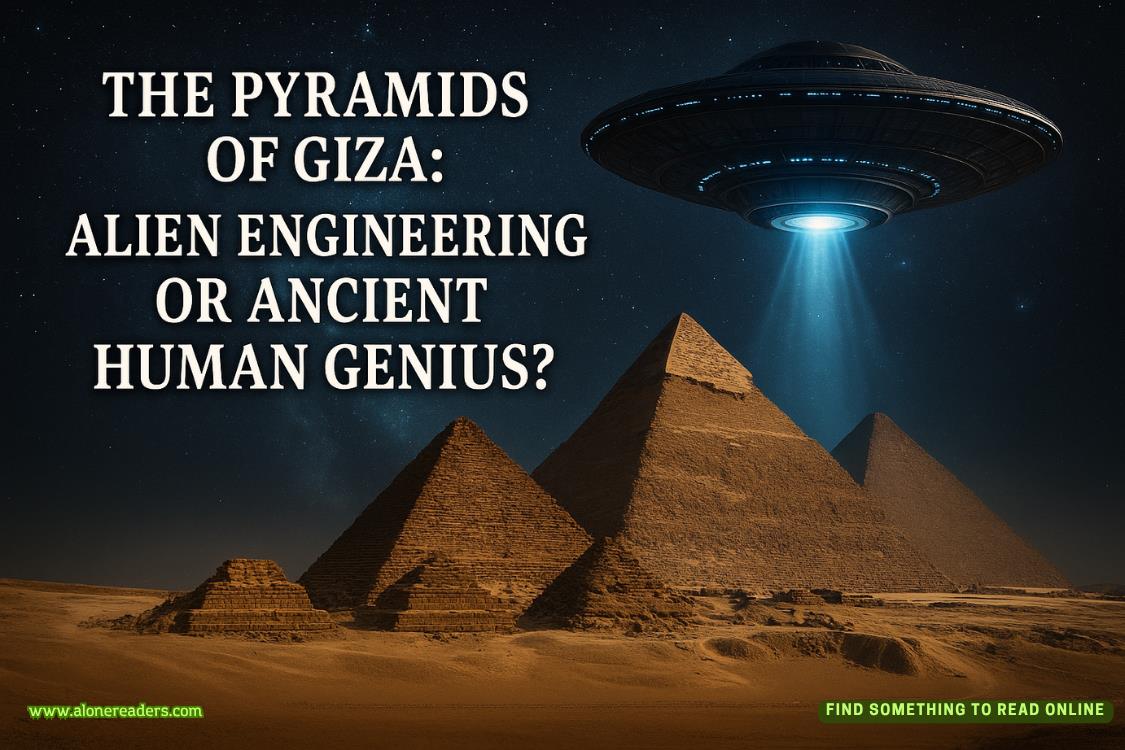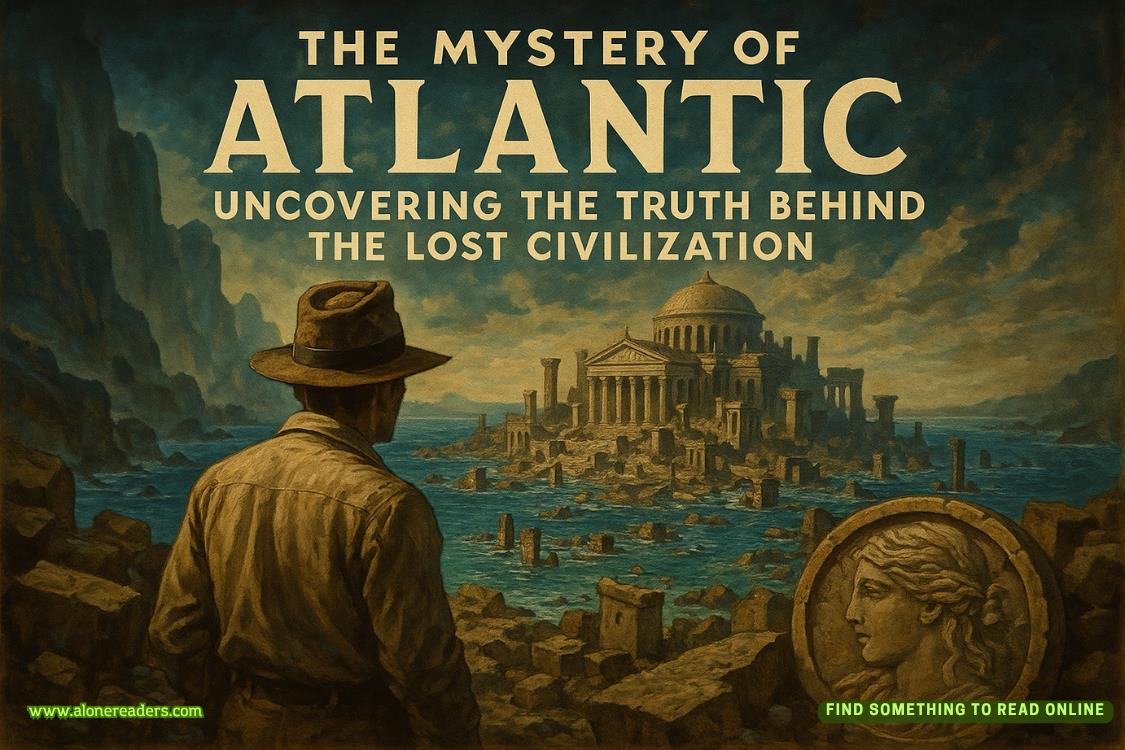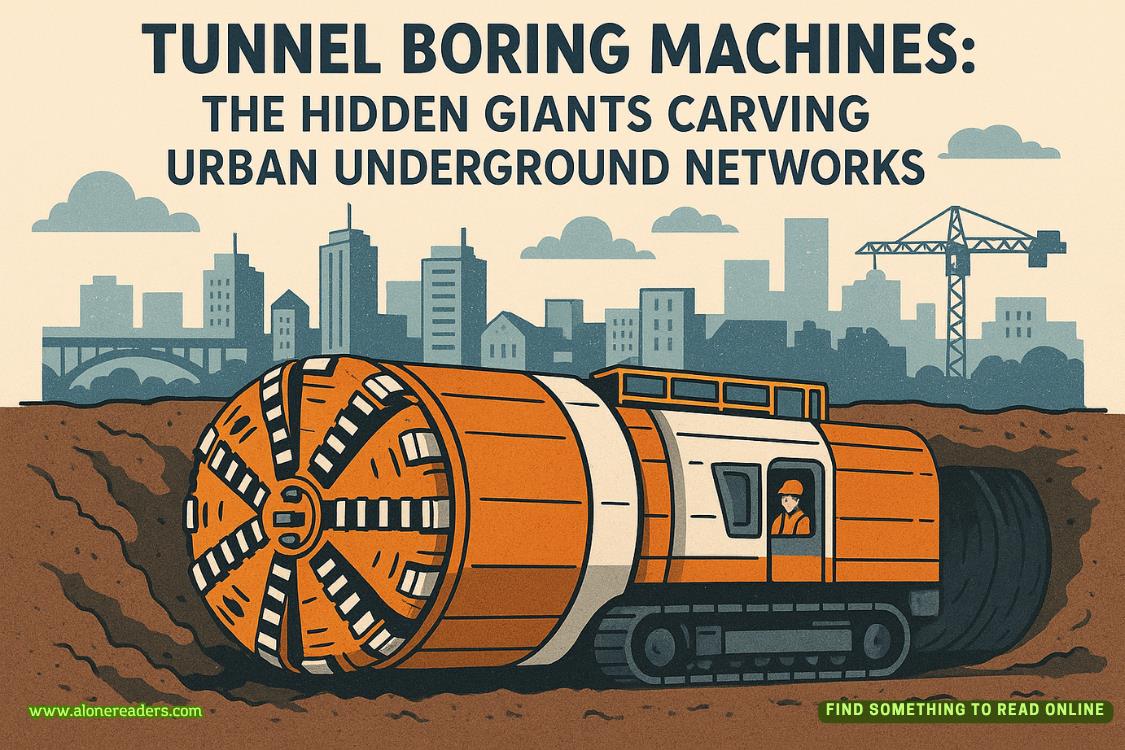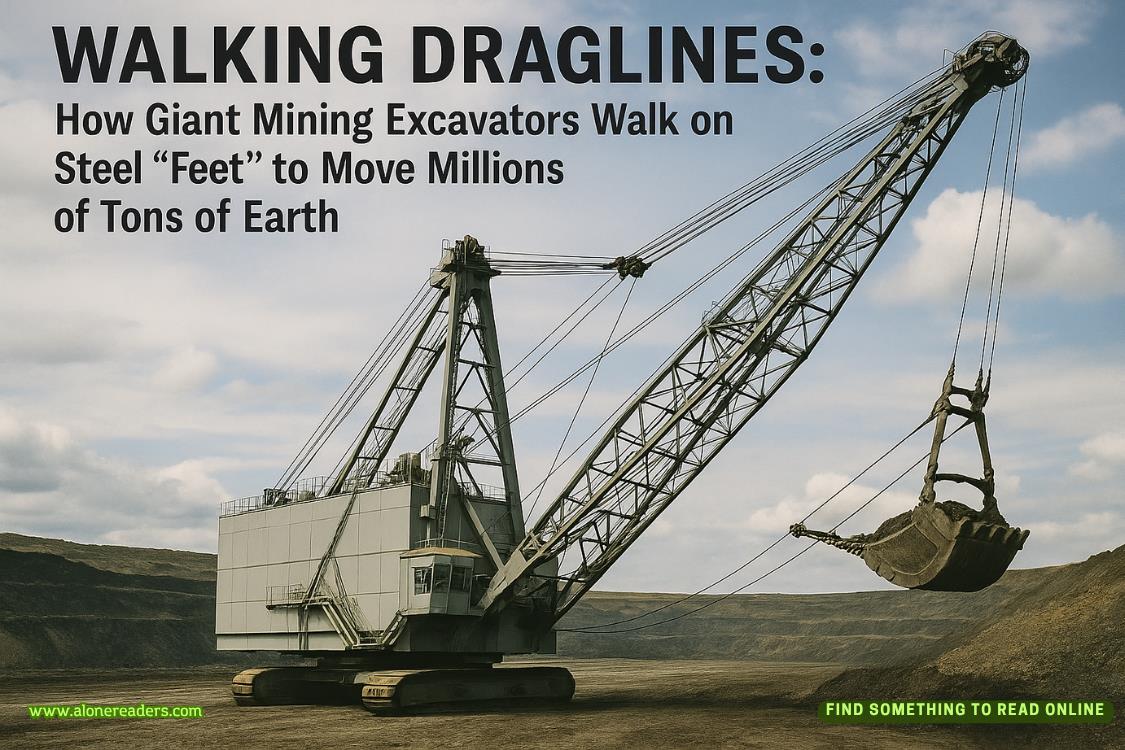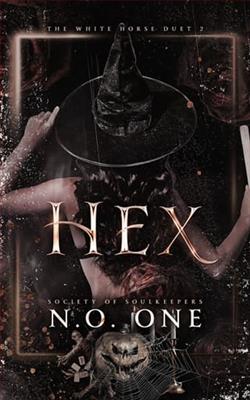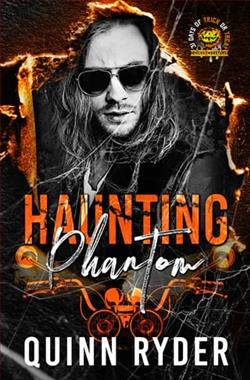Page 80 of The Devil Colony (Sigma Force 7)
Monk tried to follow Gray’s train of thought, but it left him at the station.
“The Philadelphia Mint’s first director was a man named David Rittenhouse. Like Benjamin Franklin and Jefferson, the guy was a Renaissance man: clockmaker, inventor, mathematician, and politician. He was also a member of the American Philosophical Society.”
Monk recognized that name. “Like that Frenchman. Wasn’t Fortescue part of that group, too?”
Gray nodded. “In fact, Rittenhouse was great friends with Jefferson, like all the significant players involved in this affair. He was surely in Jefferson’s inner circle, a trusted companion.”
“Okay . . .” Monk said hesitantly.
“According to Fortescue’s journal, the Indian map was hidden by Jefferson.” Gray quoted from the diary by heart. “ ‘Ever crafty, Jefferson devised a way to preserve the Indian map, to protect it, yet keep it forever out of the hands of the faceless enemy. He would use the very gold to hide it in plain view of all. None would suspect the treasure hidden at the heart of the Seal.’ ”
Seichan got it before Monk. “You think Jefferson had Rittenhouse help him hide the map at the mint,” she said. “To hide it in plain view.”
“I do. Then in 1937, the Philadelphia Mint was emptied, and its gold transported to Fort Knox by boxcar. There are reports from that time about the discovery of old bullion caches found deep in the Philadelphia Mint, gold going back to the colonial era. That gold was also moved to Fort Knox.”
“Which means the map might’ve been moved, too,” Monk said. “But how can we be sure? Wouldn’t someone have noted a map made out of gold, especially one stuck on chunks of mastodon bone?”
“I don’t know,” Gray said. “We’ll have to go look ourselves. But one last item. Fortescue described that Indian map as being made out of the same gold that would not melt, the same material as the inscribed tablets.”
Monk understood. “So if the tablets are emitting neutrinos, so would the map.”
Gray nodded.
Monk leaned back, selfishly appreciating how his friend’s unique mind worked. With such insight, they might all just get back to D.C. before midnight.
A squeal of brakes drew his attention back around. A large sand-colored Humvee pulled to a stop alongside the jet.
Monk pushed up. “Looks like our ride’s finally here.”
8:37 P.M.
Could the map truly be hidden at Fort Knox?
Nagged by worries, Gray sat in the rear seat of the Humvee, staring out as the massive vehicle roared down the Dixie Highway and swung sharply to take the Bullion Depository exit. The armored beast also carried their escorts: four combat brigade soldiers from the U.S. Army Garrison at Fort Knox. When they reached the base’s main gates, passes and identification were shown and a guard waved them through. From there, the vehicle forged on through the warm evening, heading toward the country’s most guarded structure: the Fort Knox Bullion Depository.
Gray spotted the fortress ahead, lit up in the night like a granite prison, rising from a cleared field and ringed by fences. Sentry boxes guarded the gates, while four guard turrets rose from each corner of the depository, like stubby towers on a castle. He knew that once they were inside, there would be additional layers of countermeasures defending the premises against attack: alarms, cameras, armed guards, and more esoteric technology, like biometric analyzers, facial-recognition software, even seismic sensors. And that only accounted for the defenses that were generally known. The remaining defenses were classified. It was rumored that the facility could be flooded at a moment’s notice—whether by water, as was done at the Bank of France, or even by toxic gases.
Of course, reaching the ring of fortress gates meant first penetrating the hundred-thousand-acre military base surrounding the depository—a daunting task, considering the base’s numerous helicopter gunships, armored tanks, artillery, and its thirty thousand soldiers.
Gray stared down at his lap.
Entry was a difficult task unless you had the golden ticket.
The presidential order, folded and resting on his knee, bore a wax seal, both official and archaic at the same time. Freshly emblazoned across the front was the signature of President James T. Gant. The depository did not offer tours, visitors were forbidden, and only two U.S. presidents had ever set foot inside. The only way to enter the Bullion Depository was by presidential order. Gray knew that these papers had already been forwarded to the facility’s officer in charge. They were to meet the man at the main entrance.
Gray fingered the seal, wondering what would happen if he broke it before the officer in charge verified the paperwork. It would be a foolish act. It had taken all of Sigma’s resources to wrangle this document on such short notice. But then again, President Gant owed Sigma for saving his ass in the Ukraine, so his chief of staff took Kat’s call.
The presidential orders were specific, covering the three visitors for tonight only. He glanced across the seat to Seichan and Monk. According to the paperwork, they were allowed a single supervised tour of the vault, in order to search for a threat to U.S. national security and remove it from the premises. That was the full breadth of their authority. To step beyond it would be deemed a hostile act.
The Humvee made the turn onto Gold Vault Road. Even with their orders in hand, additional clearances had to be made at a fenced gate flanked by sentry towers. Eventually they made it through and drove down a long road to the front entrance of the fortress.
“Honey, we’re home,” Monk mumbled under his breath.
Gray’s friend reattached his prosthetic hand to its wrist cuff and flexed his fingers. On the thirty-mile drive to the depository, Monk had spent his time running a fast diagnostic on his new hand, clearly still anxious and needing to keep busy. Even after years of wearing the device, he still found it unnerving to see the detached prosthetic move all on its own, like some disembodied appendage from a horror movie. A wireless transmitter built into Monk’s wrist cuff could independently control the motors and actuators of the prosthesis, along with accessing the hand’s other unique features. Luckily, the guards up front missed that little freak show in the backseat.
At last, the Humvee pulled to a stop. A tall man in a navy-blue suit stepped out of the doorway and approached the vehicle.
He had to be the officer in charge. He was younger than Gray had expected, early thirties, with a blond crew cut and a swagger to his step that had Texas written all over it. He shook Gray’s hand in a firm but unthreatening grip.
